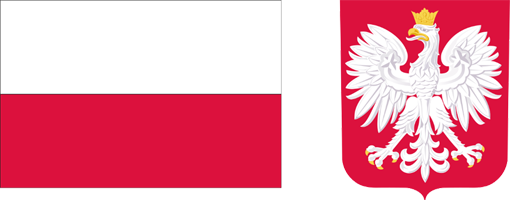Current issue
Archive
About the Journal
Aims and Scope
Editorial Board/Editorial Team
List of reviewers
Publishing process
Publishing Ethics and Malpractice Statement
Personal data protection (GDPR)
Creative Commons License
CrossRef Member / Similarity Check
For Authors
Call for papers
Guidelines for authors
Submitting a manuscript through the editorial system – step by step
For Reviewers
Peer review process
Guidelines for reviewers
Submitting a review – step by step
Contact
RESEARCH PAPER
METHODICAL AND PRACTICAL ASPECTS OF THE PARITY INCOME IN THE POLISH AGRICULTURE
1
Szkoła Główna Gospodarstwa Wiejskiego
Submission date: 2019-03-04
Final review date: 2019-03-15
Acceptance date: 2019-06-07
Publication date: 2019-06-25
Zagadnienia Ekonomiki Rolnej / Problems of Agricultural Economics 2019;359(2):3-27
KEYWORDS
ABSTRACT
The topic of farmers’ income is one of the most frequently discussed issues in agricultural economics literature. Particular interest is focused on the problem of the so-called parity income. The study attempts to assess the amount of farmers’ income from own labour in the context of average wages in the national economy.
The analysis covered individual farms within the field of the Polish FADN observation. The study used farm net income (SE420) and the income from farmers’ own labour. The results of the study based on the FADN sample were compared with the average net wages according to the Statistics Poland. The analysis covered the period between 2006 and 2017.
The analyses showed the existence of a clear difference between the average income from work on the farm (calculated after taking into account the alternative costs of land and capital) and the average net wage in the national economy. At the same time, significant differences were observed between agri-cultural income per unit of own labour depending on the economic size of the farm. Only medium-large, large and very large farms provided wages higher than average in the economy.
The existing differences in the level of income correspond to the level of labour productivity, which suggests that one of the ways to limit the income problem in the Polish agriculture are structural changes leading to an increase in the average economic size of farms.
Share
RELATED ARTICLE
We process personal data collected when visiting the website. The function of obtaining information about users and their behavior is carried out by voluntarily entered information in forms and saving cookies in end devices. Data, including cookies, are used to provide services, improve the user experience and to analyze the traffic in accordance with the Privacy policy. Data are also collected and processed by Google Analytics tool (more).
You can change cookies settings in your browser. Restricted use of cookies in the browser configuration may affect some functionalities of the website.
You can change cookies settings in your browser. Restricted use of cookies in the browser configuration may affect some functionalities of the website.



